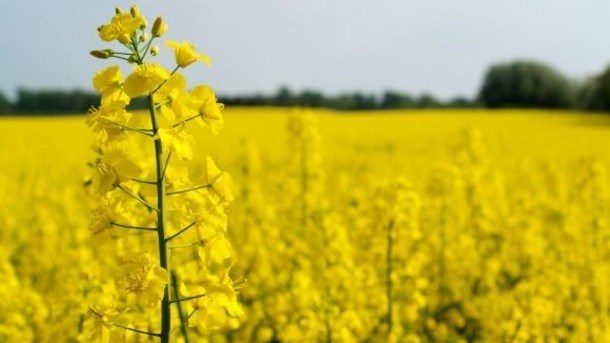New strains of clubroot have been discovered in fields across the Prairies, including several capable of infecting canola plants bred to resist the disease, according to a recent study by University of Alberta researchers.
They identified 25 unique clubroot pathotypes from samples collected from more than 250 fields in Alberta, Saskatchewan and Manitoba in 2019 and 2020. Seven of the strains are new — six of which can bypass the crop’s bred resistance against the disease.
“The findings really underscore how quickly pathotype shifts are occurring and how quickly we are finding new pathotypes. And it is likely we will continue to find new ones,” says study lead Keisha Hollman, a PhD candidate in plant science in the Faculty of Agricultural, Life & Environmental Sciences. Stephen Strelkov, a U of A plant pathologist, supervised Hollman’s research.
Clubroot is caused by a parasite that infests field soil with resting spores that can survive up to 20 years. Canola and related plants such as cabbage that are grown in the infested soil develop tumours on the roots, which block water and nutrient uptake, causing stunted growth, yellowing, wilting and in worst cases, death of the plant.
Listed under Alberta’s Agricultural Pests Act, clubroot can cause anywhere from 60 to 90 per cent canola crop yield loss in one of Canada’s most valuable cash crops.
Most of the pathotypes were found in only a handful of fields, but the disease’s ability to continue to emerge poses a challenge for canola producers. It can take up to a decade to develop a clubroot-resistant plant.
The study will help inform clubroot management efforts. Hollman says producers must continue to manage the risk through “integrated management strategies” that help take the pressure off genetic resistance alone. Those measures include sanitizing farm equipment between fields, and rotating out of canola for at least two years or more — a strategy found in a 2019 U of A study to reduce the number of clubroot spores by about 90 per cent in field soil.
(University of Alberta news release)



